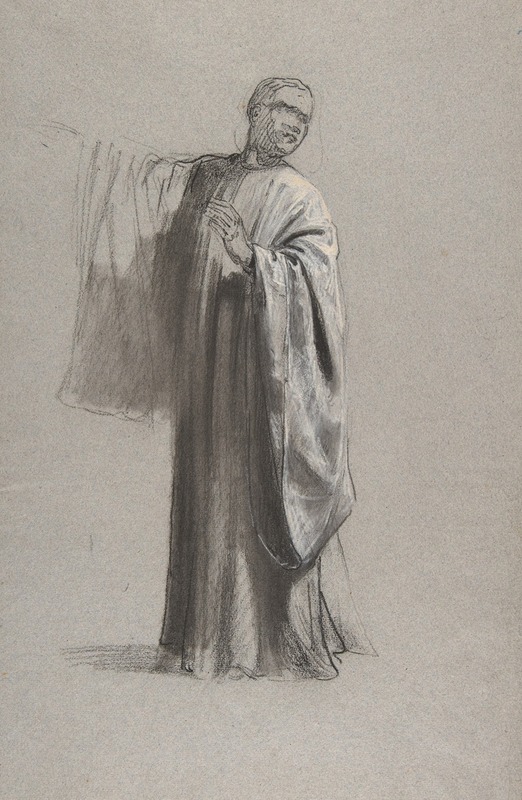
Drapery Study for a Cleric
A hand-painted replica of Isidore Pils’s masterpiece Drapery Study for a Cleric, meticulously crafted by professional artists to capture the true essence of the original. Each piece is created with museum-quality canvas and rare mineral pigments, carefully painted by experienced artists with delicate brushstrokes and rich, layered colors to perfectly recreate the texture of the original artwork. Unlike machine-printed reproductions, this hand-painted version brings the painting to life, infused with the artist’s emotions and skill in every stroke. Whether for personal collection or home decoration, it instantly elevates the artistic atmosphere of any space.
Isidore Pils, a notable French painter of the 19th century, is recognized for his contributions to academic art and his detailed studies of figures and drapery. One of his works, "Drapery Study for a Cleric," exemplifies his skill in capturing the intricate folds and textures of fabric, which was a significant aspect of academic art training during his time.
Isidore Pils was born on July 19, 1813, in Paris, France. He studied at the École des Beaux-Arts under François-Édouard Picot, a prominent painter of the era. Pils' education was deeply rooted in the academic traditions of the time, which emphasized the importance of mastering the human form and the depiction of drapery. This focus on drapery was not merely for aesthetic purposes but also served as a technical exercise to understand light, shadow, and form.
"Drapery Study for a Cleric" is a testament to Pils' dedication to these principles. Although specific details about the creation date and current location of this particular study are not widely documented, such studies were typically preparatory works. Artists like Pils would create numerous sketches and studies to perfect their technique and prepare for larger, more complex compositions.
The study likely features a clerical figure, as suggested by the title, with an emphasis on the flowing garments associated with religious attire. The depiction of clerical robes would have provided Pils with an opportunity to explore the interplay of light and shadow on voluminous fabric, a common practice in academic art to demonstrate an artist's proficiency.
Throughout his career, Pils was known for his historical and religious paintings, which often required a deep understanding of drapery to convey the grandeur and solemnity of the scenes. His works were well-received, and he gained significant recognition, winning the prestigious Prix de Rome in 1838. This accolade allowed him to study in Rome, where he further honed his skills and absorbed the influences of classical art.
Pils' attention to detail in studies like "Drapery Study for a Cleric" reflects the broader trends in 19th-century French art, where precision and adherence to classical techniques were highly valued. His ability to render fabric with such realism would have been essential for his larger works, which often depicted complex historical and religious narratives.
In addition to his studies and paintings, Pils also contributed to the art world as a teacher. He became a professor at the École des Beaux-Arts, where he influenced a new generation of artists. His teachings likely emphasized the importance of studies like "Drapery Study for a Cleric," underscoring the foundational skills necessary for aspiring painters.
Isidore Pils passed away on September 3, 1875, in Douarnenez, France. His legacy endures through his paintings and the impact he had on his students and contemporaries. While "Drapery Study for a Cleric" may not be as widely recognized as some of his larger works, it remains an important piece that illustrates the meticulous approach and technical skill that characterized Pils' artistic practice.





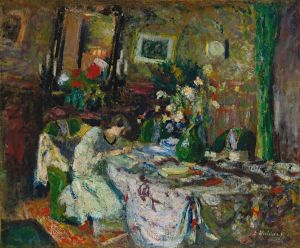
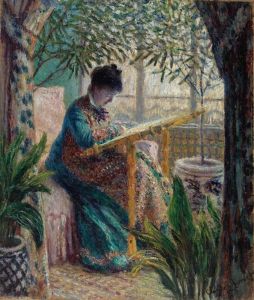
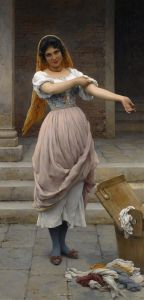

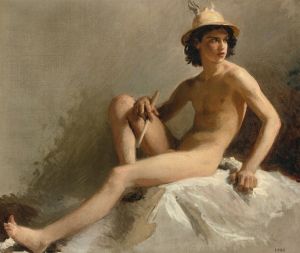
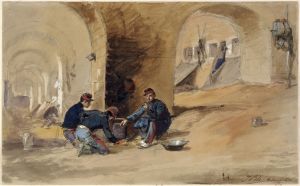

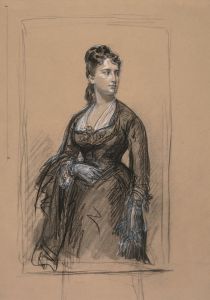
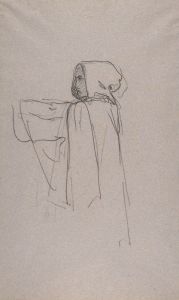
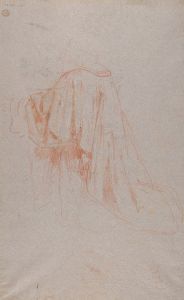
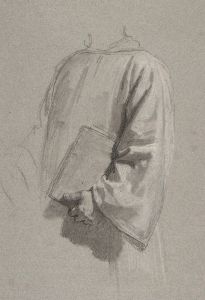
![Detail of Drapery [Crayon study no. 5.14]](/imgs/263799/s/john-singer-sargent-detail-of-drapery-crayon-study-no-514-11654866.jpg)

